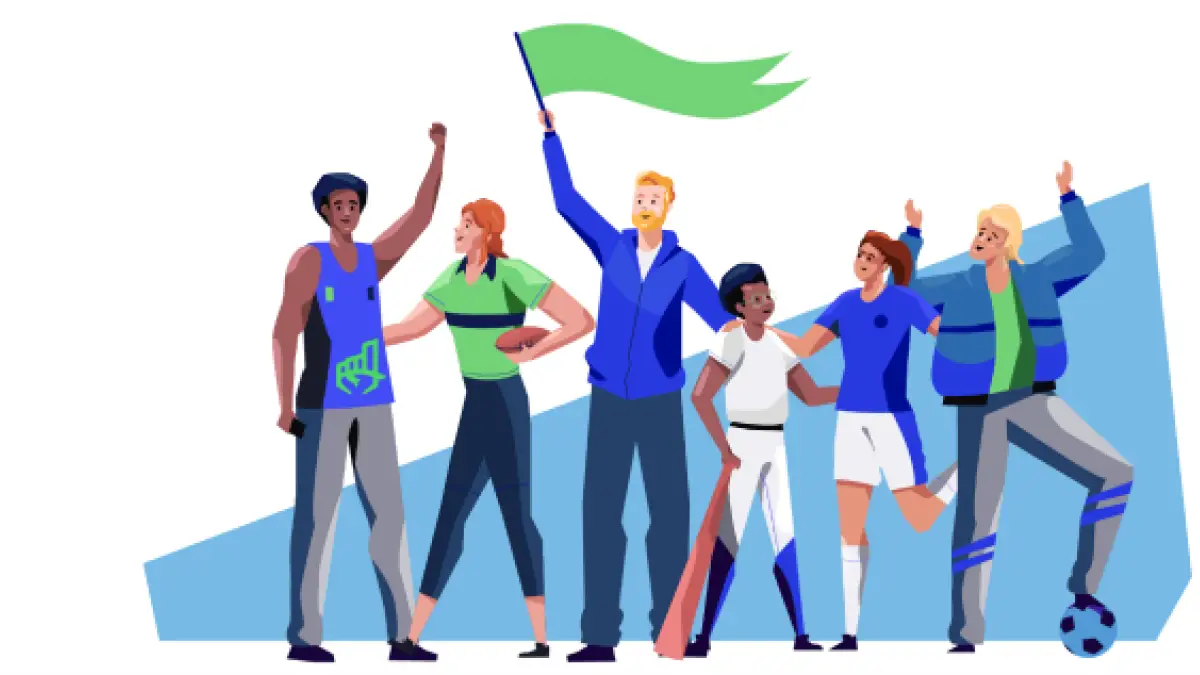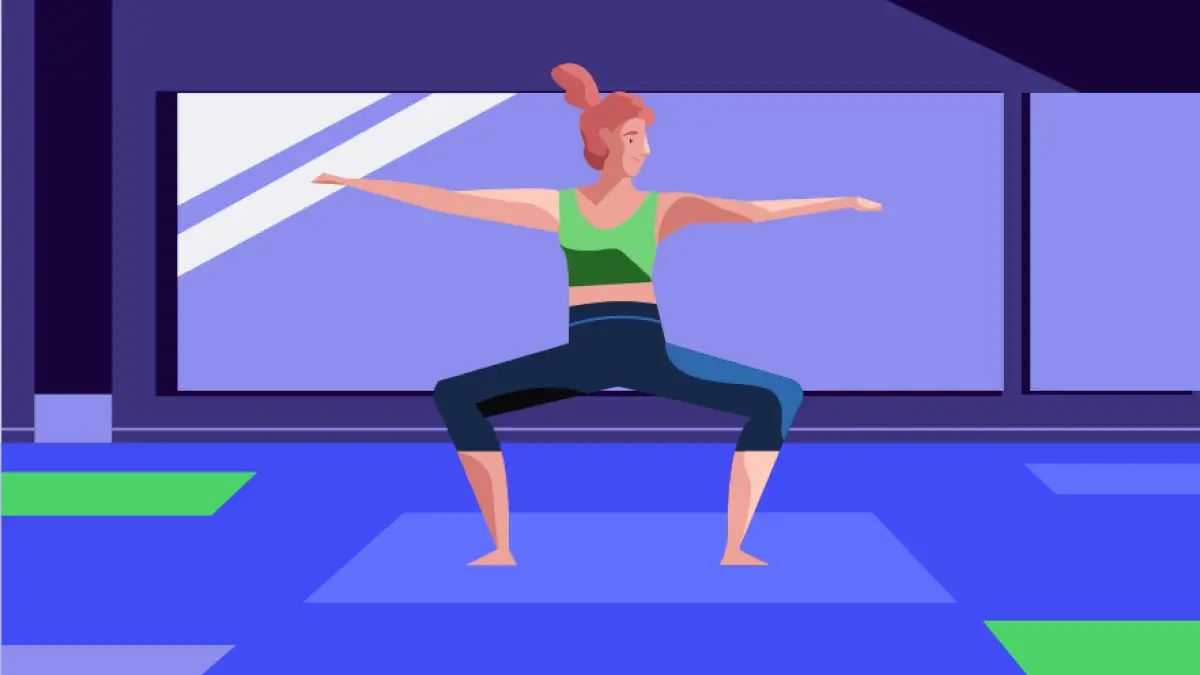This information was originally discussed by Kevin MacCauley on the Fitness Industry Success Show Podcast, hosted by Nick Parker. Listen to the full episode here.
To win the market, fitness businesses need to have this X-Factor…
When you are faced with a challenge, do you see a threat or an opportunity?
We are going through an extremely exciting time in the sports and fitness industry. With the proliferation of digital and on-demand fitness options, we are seeing even more people gain access to sports and fitness.
As Nick Parker, host of the Fitness Industry Success Show, reminds us, “typically, 20% of any local market will be a member somewhere to a studio or gym. Based on the data, that is projected to climb above 30% in the next several years.”
Now, not only are gyms and studios competing with each other for a share of the market, but they are also competing with the exploding home fitness equipment. Some consumers may prefer to go to a facility to train; others may choose to invest in a Peloton subscription in place of a gym membership. For many, however, digital and physical fitness consumption will coincide.
While Peloton or Mirror may seem like a threat, Kevin MacCauley encourages us to remember that challenges bring opportunity. “The more people working out, the greater the demographic you can serve, and the larger your market size becomes in your area.”
So, how can you compete for your share of this market?
How to compete with on-demand fitness
To compete with on-demand fitness, you first need to put yourself in your consumers’ shoes. Kevin MacCauley recommends that you should “take an online class. Even though in your eyes they may be the ‘enemy,’ hop on the bike or hop on a treadmill. You’ll quickly find out why people are so bought in.”
At the end of the day, the same people that are coming to your gym or fitness studio are those who may also consume on-demand fitness. So, by getting to know your consumers, you’ll be able to better cater your offerings to meet and exceed their needs.
There’s a famous quote saying “you can either run from it or run with it.” This is especially true in our industry. As MacCauley says, “if you’re going to run from what’s happening in our industry, it’s probably time to move on to something else. But, if you’re going to run with it, there’s a lot of fun that you can have just by exploring the change that’s happening in the market.”
So, how can you “run with it” and ultimately win the market? You need to have the X-Factor.
What is the X Factor?
The X-Factor is the ability to merge the digital and physical worlds. Whoever can bridge this gap the quickest will win the market.
This means you cannot fear industry change; rather, you must embrace it. So, how can you compete with digital fitness as a physical business? MacCauley outlines 4 areas that will contribute to achieving this X Factor: Production, Distribution, Talent, and Technology.
Related: How to compete with Peloton and Win (part 2)
Production
MacCauley defines production as the “entertainment for the fitness content, and the ability to produce and motivate a great workout.” When consumers walk into a gym or studio, depending the production, they can have a completely different experience taking almost the same type of class.
An example of a brick and mortar that nails the production element is Barry’s Bootcamp. What elements level up Barry’s Bootcamp production? One of them is talent, which we will discuss later. But MacCauley cites “the production of the music, the lighting, and the overall experience you get working out” as key factors that influence production. “It’s like going to a club, and you leave having burned 1200 calories like it’s the greatest workout you’ve ever had.”
Within digital fitness, Peloton has been deemed the gold standard in terms of production. Every live class is produced in a studio, and gives the illusion that you are also there. As MacCauley reminds us, “Peloton built digital because they understood the inherent value of the in-person class.”
While producing high quality content can get extremely expensive, brick and mortar studios do have a leg up on digital competition: they have been producing high quality experiences for their members for years. The challenge then becomes how to distribute this content to the intended audience.
Distribution
Distribution is defined as “the means to access consumers in the segments, making it easy to get your content.” Depending on your operation, this distribution will vary. “If you’re all digital, get digital in front of those consumers. If you’re in-person, get your group workouts or training sessions to your members. As a brick and mortar, you have a really unique opportunity because you have members already there. You can distribute whatever content you produce to the people that are coming to your facility,” says MacCauley.
In the digital space, “Peloton is making it easier to get more people into their ecosystem to target from a distribution perspective. Many consumers start with the digital app for $15 a month. Then, they get bought in on the workout. Before long, they end up buying the equipment and they’re really bought in.”
At the end of the day, it doesn’t matter how you distribute your content or programming. Rather, it’s important to prioritize getting it in the hands of your consumers.
Talent
A really big piece of the pie consists of your talent: your trainers, instructors, and coaches. For many, trainers make or break their overall experience with a brand, and ultimately lead to loyalty. “If anybody has played sports growing up, or has done any private training, you probably continued to do training because you loved that coach, and you had a connection with that person. The trainer is the reason you go, it’s the reason you’re going to push a little harder.”
MacCauley recalls his experience at Barry’s Bootcamp, saying that after one class, he would go back to that instructor again. Similarly, the Olivia Amato’s and Cody Rigsby’s of Peloton keep consumers coming back. As Nick Parker agrees, “we’re moving into an age where instructors are building their own personal brand and online following.”
“I think it really shows you that you almost have to treat these people within the team like professional athletes, from how you contract or pay them to how you promote them,” says MacCauley. “Michael Jordan is an easy example. When Michael Jordan was playing for the Bulls, they were getting people into the United Center talking Bulls; Jordan was everywhere. The same concept goes for your fitness business. Identify who those top trainers are that could be the reason to go into your facility.”
MacCauley believes that brick and mortar businesses have a huge advantage over digital fitness brands. What is that advantage? The stars — the talent — are in your building. “I can tell you right now if a couple blocks down, Olivia Amato was about to teach a class, you’d have people lining up around the block to go. That’s where you unlock that X factor.”
Related: Steal these 3 Strategies to Improve Trainer Retention by 8x
Technology
The last component that brick and mortar fitness businesses need to compete with on-demand fitness is technology. As mentioned earlier, the industry is evolving, and in order to stay competitive, you need to adapt. Digital fitness companies like Peloton and Tonal have their tech dialed in, but what about brick and mortar businesses?
Technology can come in many forms, depending on your goals, challenges, and budget. MacCauley recommends looking at your strengths, weaknesses, opportunities, and threats from a technology perspective.
- How can you leverage technology to offload some of the administrative tasks, so you can devote more time to programming?
- Can you incorporate some of this digital fitness equipment into your facility?
- Can you test out some video production equipment or partnerships to produce a high quality, digital program or offering?
While you won’t (and shouldn’t) be trying to build the next bike or wearable, you should be finding ways to incorporate existing technology into your business offerings. How exciting would it be to be the studio that is known for hiring up-and-coming trainers or offering the newest type of digital fitness equipment that your members could experience?
At the end of the day, remember that, just as Rome wasn’t built in a day, neither was Peloton. “Start small. Everyone thinks Peloton is hard to reach, but they started somewhere. They started with one live class and collected feedback to build their library over time.” There is a huge opportunity for you to survey your consumers after every class, when they join your membership, or if they choose to leave. “That by itself over time will give you enough data to start thinking about what kinds of programs you should offer, how to promote your staff, what kind of equipment to invest in, and so much more.”
What’s Next?
MacCauley believes that the digital revolution is an extremely exciting thing for the fitness space. “It’s only going to bring more people into your store if you’re hitting the right message and doing the right things from a business perspective.”
We understand that not everyone has the budget or bandwidth to compete with on-demand fitness or big box fitness studios and gyms. So, how can you create a competitive edge within your budget? In part two of this series, coming soon, we will outline how you can replicate the best of these components to give your business a competitive edge.
Upper Hand is what studios, gyms, and academies use to grow their business. Get a demo today.





